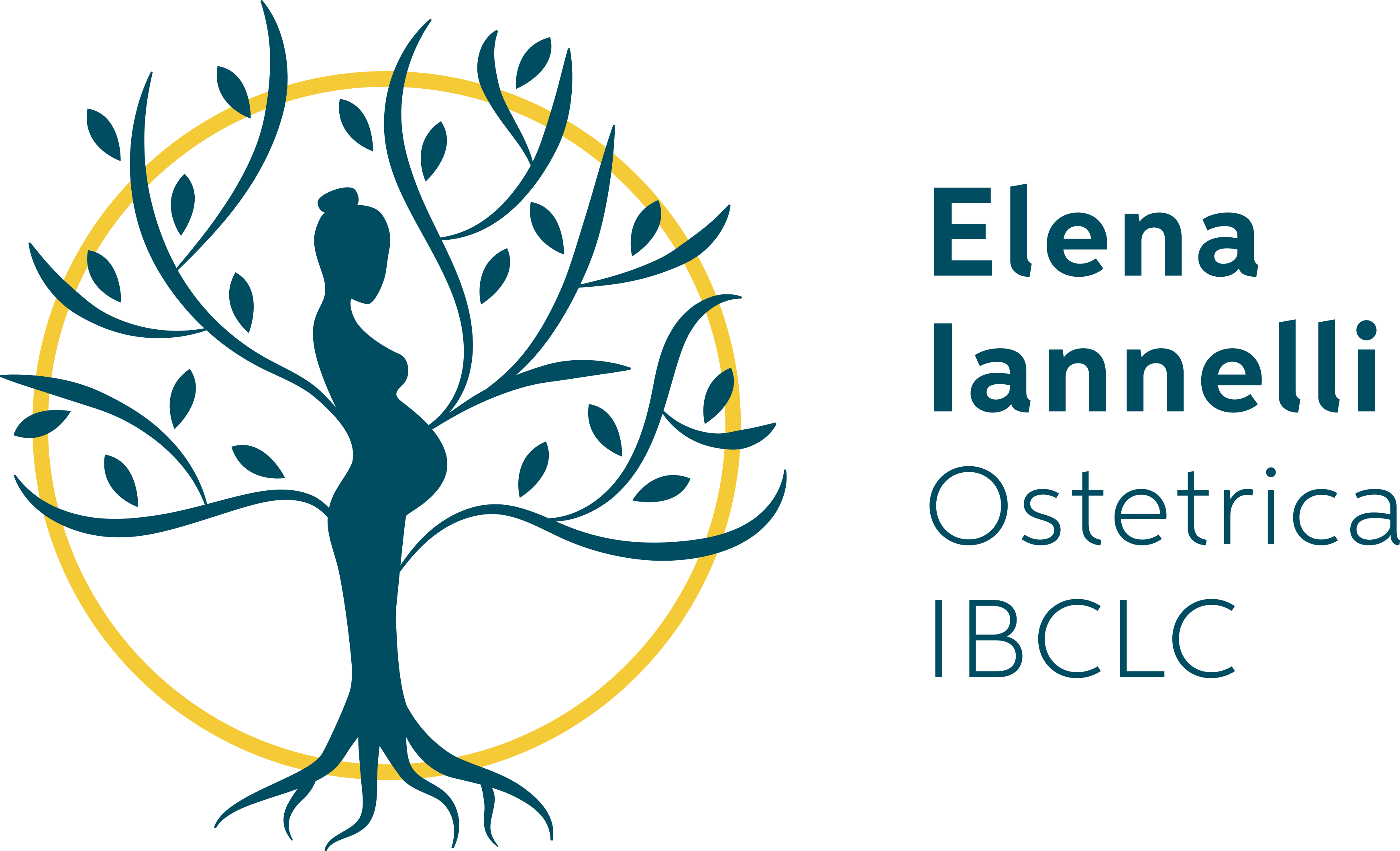I have a planned caesarean, what should i expect on that day?

If you have a planned caesarean section, knowing what happens that day can help you to feel calm and welcome your baby in the best possible way!
Here is what to expect step by step:
Pre-hospitalisation
When you discuss a planned caesarean section with your doctor, he or she will advise you to book an appointment at the hospital to have a pre-operative check-up, which usually takes place a month or a few weeks before the operation. On that day you will also be offered a date for the operation.
- You will have blood tests, an electrocardiogram (ECG) and a consultation with the anaesthetist. Usually around that time you will also have your last ultrasound. You may be asked to take a Covid test two days before the operation.
Tip: Ask if your partner can come with you to the operating theatre (some hospitals or clinics allow this if requested).
Preparation for surgery
Once you have done the initial checks and set the date for the surgery, you will be informed when to go to the hospital for admission, which is usually the morning of the operation.
- You will be asked to fast from midnight the night before and to shave your pubis.
Tip: Do not take any jewellery with you and if you have any piercings better replace them with plastic ones.
Hospitalisation
When you arrive at the hospital or clinic you will meet the midwife who will probably go with you to the operating theatre. If you have any special requests or questions ask her.
Usually a cardiotocographic trace (CTG) will be carried out: two probes will be placed on your belly to monitor your baby’s heartbeat.
- The midwife will probably place a cannula needle in your arm, like a blood sample, but the needle will be removed, leaving only a thin plastic tube. Through this small tube, they will be able to give you drugs and fluids. In some cases, this procedure may be performed directly by the anaesthetist in the operating theatre.
- You will be asked to wear an operating theatre gown and a surgical cap.
Tip: Prepare your child’s first complete change including nappy in a bag.
In the operating theatre
The operation lasts approximately 45 minutes to 1 hour. Usually, the initial part is very quick, so your baby will usually be born within a short time.
Anaesthesia
In most cases a type of anaesthesia called spinal (similar but slightly different procedure to the epidural) is performed. At the pre-hospital appointment the anaesthetist will have explained to you how the procedure is carried out. It involves an injection into the lumbar region of the spine, which results in a loss of pain sensitivity from the abdomen down. For a few hours you will feel your legs very heavy, but gradually you will regain all your movements. General anaesthesia is only used in emergencies. As soon as the anaesthesia is performed, you will be helped to lie down on the operating table.
The anaesthetist will stay with you throughout the operation, checking your parameters such as blood pressure, heart rate and oxygen saturation in the blood. He will usually give you a broad-spectrum antibiotic during the operation to avoid the risk of infection.
Catheter
Once you are lying down, the midwife will place a bladder catheter.
Don’t worry, you won’t feel anything because the anaesthesia will have kicked in by then!
Incision
Once it has been verified that the anaesthesia is working, the doctors proceed to disinfect the belly. There are usually two doctors, one on each side, in addition to the scrub nurse or midwife.
The incision is usually horizontal, about 10 cm long, a few centimetres above the pubis. Only in very rare cases will a vertical incision be made.
After a few minutes, your baby will be born!
Remember that you have the option of requesting delayed cord clamping (at least for 1 minute). This will help promote a better blood flow for your baby. In addition, you will be able to see your baby as soon as he/she comes out: you usually have a sheet in front of you, but you can ask for it to be lowered so that you can see your baby when he/she is still attached to the umbilical cord. Don’t worry, you will not see the incision area because it is too low! You can also ask for skin-to-skin contact already in the operating theatre if you wish, once the very first check-ups with the neonatologist have been done.
After birth
Once the cord has been cut, the doctors will proceed with the removal of the placenta, check that everything is in order, and begin with the closure of the different incised tissues through resorbable stitches. On the last layer, the skin, equally resorbable stitches or other types of stitches may be applied, which will have to be removed later. The doctors will inform you about this.
Your baby will generally be taken out of the operating theatre by the neonatologist for initial checks. If your partner is outside, he/she will be informed and can go with them. Once the initial checks have been made, he/she can request to begin skin-to-skin contact while they wait for you to come out of the operating theatre.
Immediately after the operating theatre
You will usually stay for observation for about an hour in a room close to the operating theatre, but from this time on you can always stay with your baby, make skin-to-skin contact and start breastfeeding.

